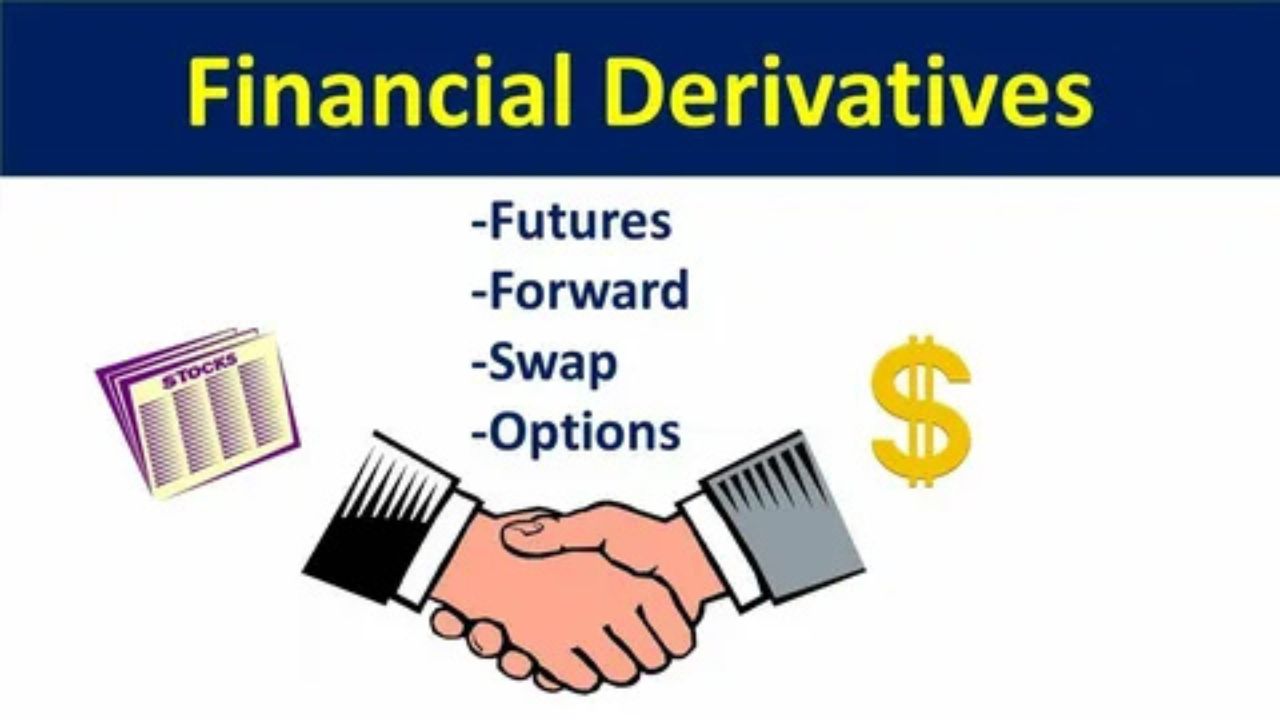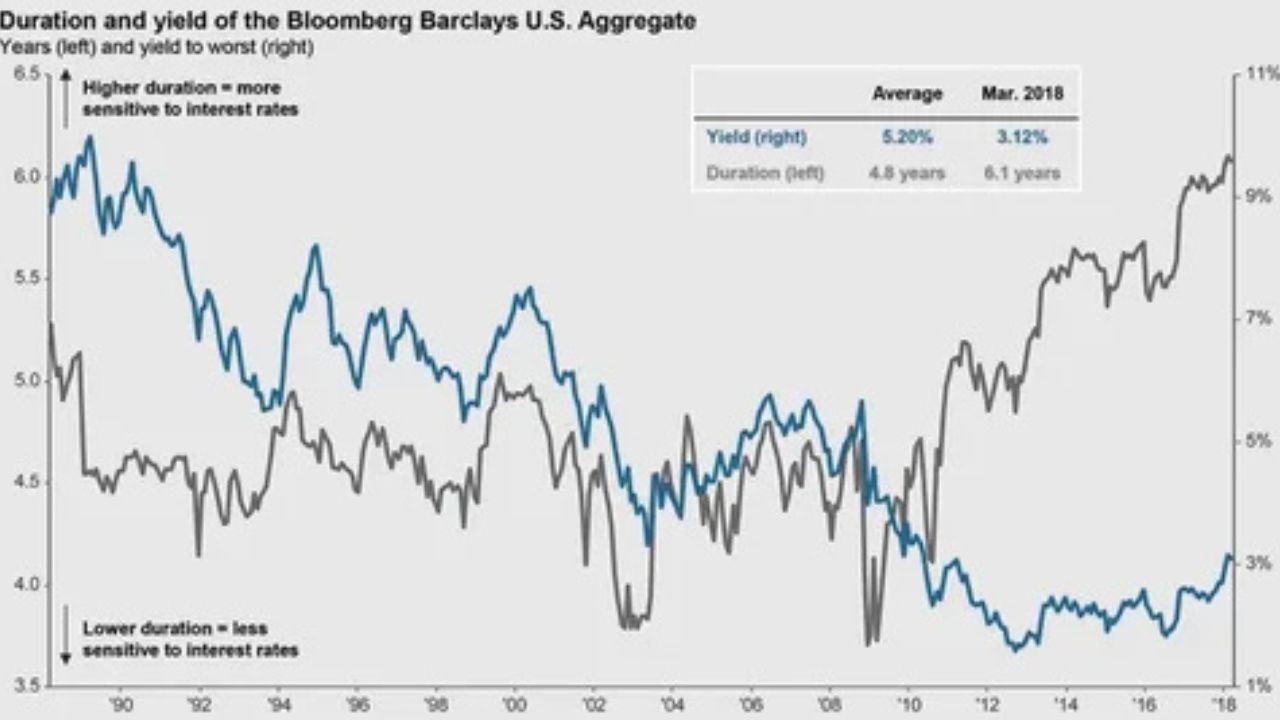Types of Financial Derivative Contracts, Financial derivative contracts are essential tools in modern finance, allowing investors and companies to hedge risk, speculate on price changes, or manage financial exposure. This article unpacks the varieties of financial derivative agreements, exploring each type’s unique attributes, use cases, and market presence.
By examining the different forms of derivative instruments, we’ll dive into how these products serve different financial needs and why they are integral to both individual and institutional investors.
What Are Financial Derivative Contracts?
Financial derivatives are contracts whose value is derived from an underlying asset, such as stocks, bonds, currencies, interest rates, or commodities. Rather than purchasing or selling the underlying asset itself, these contracts allow traders to enter into agreements based on asset price movements.
This makes derivatives versatile financial instruments, suitable for managing risks and capitalizing on opportunities without holding the asset directly. Financial derivative contracts play a crucial role in risk management and investment strategies, especially for those looking to leverage market movements effectively.
The following sections will cover the categories of derivative financial contracts, explaining the most common types and their applications.
1. Forward Contracts
Forward contracts are private agreements between two parties to buy or sell an asset at a specified future date for a predetermined price. This form of derivative instrument is often used in cases where companies or investors want certainty about future pricing.
Example Case Study: Agriculture Industry
In the agriculture industry, farmers frequently use forward contracts to lock in prices for crops. Suppose a farmer expects to harvest 1,000 bushels of wheat in three months but fears that market prices may decline. By entering a forward contract with a buyer to sell at today’s agreed price, both parties can mitigate risk.
If the market price drops, the farmer is unaffected because the agreed-upon price stands, shielding them from potential losses.
Forward contracts are beneficial for hedging but have drawbacks due to their customization. Because each forward contract is uniquely structured between two parties, they lack liquidity and may be hard to sell or exit before maturity. They’re commonly used in the commodities and foreign exchange markets.
2. Futures Contracts
Futures contracts resemble forwards but have key differences. Unlike forward contracts, futures are standardized and traded on exchanges, ensuring greater liquidity and accessibility. This standardization makes them a popular category of derivative financial contracts.
Example Case Study: Crude Oil Futures
Crude oil futures are one of the most traded forms of derivative market products. Companies reliant on oil, like airlines, use futures to manage fuel costs. For instance, if an airline anticipates rising oil prices, it can purchase futures contracts at today’s rates.
If oil prices rise, the value of these futures contracts offsets increased fuel costs, stabilizing the airline’s expenses.
With their standardized nature, futures contracts are accessible to a wider range of investors, from individual traders to large institutional players. Futures contracts are central to financial markets, enabling participants to hedge against price volatility across various sectors, including commodities, indices, and interest rates.
3. Options Contracts
Options contracts provide the right, but not the obligation, to buy or sell an underlying asset at a specified price within a defined period.
Options can be either “call options,” which allow the holder to buy, or “put options,” which allow the holder to sell. This flexibility is one of the reasons why options are a popular style of financial derivative deal.
Example Case Study: Stock Options
Many companies grant stock options to employees, allowing them to buy company shares at a set price. For instance, if an employee holds options to buy shares at $50 per share and the stock rises to $75, they can purchase at the lower price and benefit from the increase in value.
Options are widely used in the stock market, offering potential upside without the risk of direct ownership of the underlying asset. By paying only the options premium, investors can leverage significant market positions, which is particularly attractive in volatile markets.
4. Swaps
Swaps are agreements between two parties to exchange cash flows or other financial instruments over a specific period. There are different kinds of derivative market products under the swaps category, each serving distinct financial goals.
Types of Swaps
- Interest Rate Swaps: The most common type, used to exchange fixed interest payments for floating payments.
- Currency Swaps: Used to hedge against currency risk by exchanging principal and interest in different currencies.
- Commodity Swaps: Allow firms to lock in commodity prices.
Example Case Study: Interest Rate Swaps in Corporations
Corporations often use interest rate swaps to manage interest expenses. For example, a company with a variable-rate loan might swap its payments with another firm that has a fixed-rate loan. By exchanging these payments, both firms can achieve a more favorable debt structure, minimizing exposure to interest rate fluctuations.
Swaps offer a high level of customization, and companies use them extensively to hedge interest rates or currency risks, especially in international business.
5. Credit Derivatives
Credit derivatives are a class of derivative trading agreements designed to transfer credit risk from one party to another. They became widely known in the financial industry during the 2008 financial crisis, primarily through instruments like credit default swaps (CDS).
Example Case Study: Credit Default Swaps
A bank issuing loans to high-risk borrowers may seek protection against possible defaults by entering a credit default swap with a third party. If a borrower defaults, the third party covers the losses, essentially providing the bank with “default insurance.”
Credit derivatives, particularly CDS, play a critical role in risk management for banks and financial institutions. However, their complexity and associated risks have made them controversial and subject to regulatory scrutiny.
6. Exchange-Traded Notes (ETNs)
Exchange-traded notes (ETNs) are unsecured debt securities tied to the performance of a specific asset or benchmark. They provide a unique investment vehicle, as they do not hold the underlying asset directly. Instead, they offer returns based on asset performance, such as a stock index or commodity price.
Example Case Study: Volatility ETNs
Volatility ETNs track the performance of volatility indices, like the VIX, which measures stock market volatility. Traders use these products to speculate on or hedge against market instability. If market volatility rises, the value of the ETN increases, providing returns based on market fluctuations.
ETNs offer unique opportunities for accessing various financial markets. However, they carry risks associated with the issuing institution’s creditworthiness since they are debt instruments.
Key Benefits of Financial Derivative Contracts
Each of these groups of financial derivative instruments brings unique advantages, making them versatile tools for modern finance. Let’s explore some benefits.
- Risk Management and Hedging: Derivatives allow businesses and investors to protect themselves against adverse price movements. For example, airlines use fuel futures to hedge against fuel price spikes.
- Liquidity and Accessibility: Some derivatives, such as futures and options, are highly liquid and accessible, offering flexibility for both retail and institutional investors.
- Cost Efficiency: Derivatives allow for market exposure with a smaller initial investment compared to purchasing the underlying asset directly, which appeals to investors seeking cost-effective leverage.
- Flexibility: Options and swaps offer customizable solutions to tailor financial exposures to meet specific needs.
Potential Risks in Derivative Contracts
Types of Financial Derivative Contracts, While derivative contracts offer advantages, they also pose risks. Some key concerns include:
- Market and Pricing Risks: The value of derivatives depends on the underlying asset, which can fluctuate unpredictably.
- Counterparty Risk: In over-the-counter contracts like forwards and swaps, the risk of the other party defaulting is a concern.
- Complexity and Regulatory Issues: Many derivatives are complex and require specialized knowledge. For instance, credit derivatives contributed to the 2008 financial crisis due to their opaque nature and high leverage.
Understanding these risks is essential for those considering derivative financial products. Institutions often employ teams of risk management specialists to monitor and mitigate these risks effectively.
Conclusion
Leveraging Financial Derivatives in Modern Markets
Types of Financial Derivative Contracts, Financial derivatives play a pivotal role in today’s markets, offering a wide range of applications and benefits. From hedging fuel costs to managing interest expenses, derivatives provide solutions for diverse financial challenges.
By understanding the various types of derivative contracts — forwards, futures, options, swaps, credit derivatives, and ETNs — investors and businesses can make informed decisions, balancing potential rewards with inherent risks.
Whether you’re a corporation seeking to manage expenses or an investor looking to speculate on market movements, the right choice among different derivative financial products depends on your goals, market outlook, and risk tolerance. With proper knowledge and risk management, financial derivatives can be powerful tools to navigate complex financial landscapes.
FAQ
-
What are the 4 types of derivative contracts?
The four main types of derivative contracts are forwards, futures, options, and swaps. Each serves specific financial needs: forwards and futures manage future asset prices, options offer buying/selling rights, and swaps exchange financial flows like interest rates.
-
What are the main types of financial derivatives?
Types of Financial Derivative Contracts, The main types of financial derivatives include forwards, futures, options, and swaps. These contracts allow investors to hedge risks, manage exposure, or speculate on asset prices. Each type provides unique mechanisms for managing market risks and capturing potential gains.
-
What is a financial derivative contract?
A financial derivative contract is a financial agreement whose value is based on an underlying asset like stocks, bonds, or commodities. Derivatives allow traders to speculate on price changes, hedge risks, and gain market exposure without directly owning the underlying asset.
-
What are the top 5 derivatives?
The top five derivatives are futures, options, swaps, forwards, and credit derivatives. These instruments are widely used for hedging, managing financial exposure, and speculating across asset classes like equities, commodities, interest rates, and credit risk, catering to diverse financial needs.






